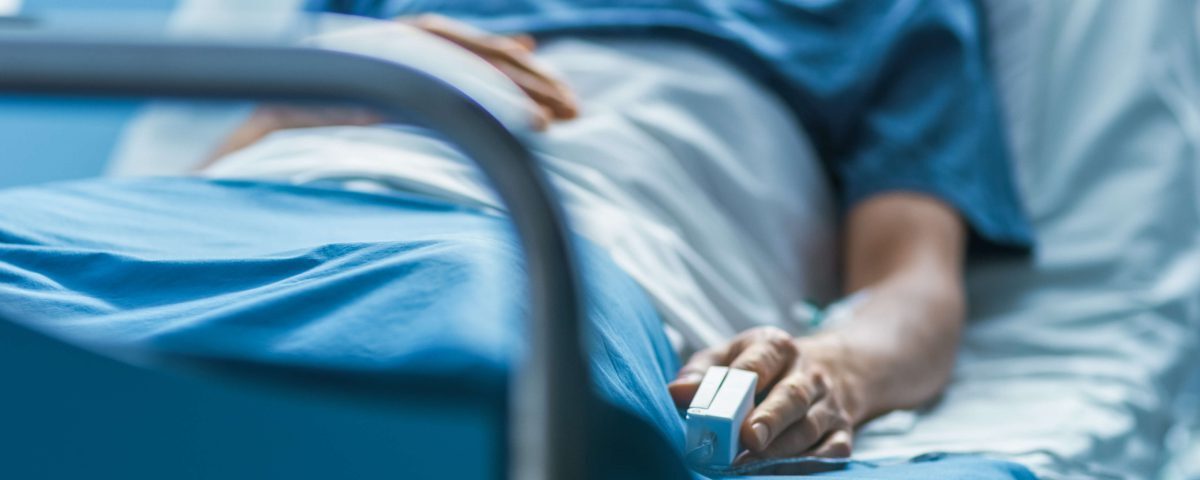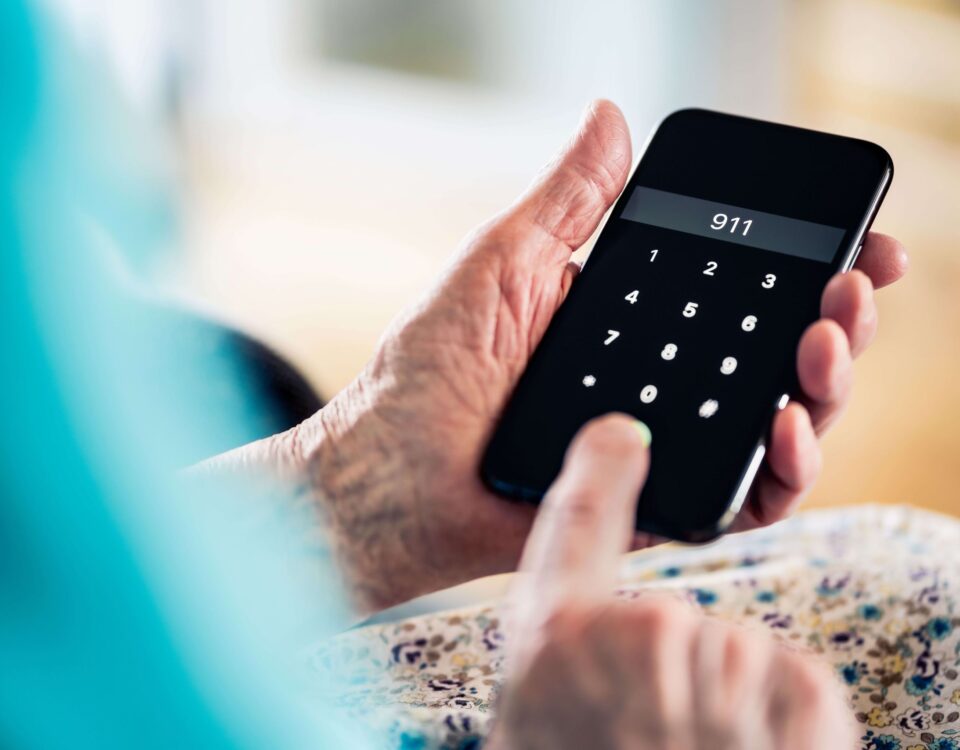- Have any questions?
- 412-123-4567
- noreply@upmc.com
What Happens After an Opioid Overdose?

If you witness an opioid overdose or know someone who survived an overdose, you may wonder how overdoses and recoveries happen. It's important to first understand overdose risk factors, how to recognize the signs of an overdose, and how to reverse the condition. You could save someone's life.
Risk Factors for Opioid Overdoses
People at the highest risk of opioid overdose are those who:
- Have access to opioids in their household.
- Have relapsed on opioid use after detoxing or are struggling with substance use disorder (SUD).
- Inject opioids with substances like fentanyl.
- Mix opioids with substances like alcohol, cocaine, or other drugs.
- Use opioids in high doses.
- Use opioids to treat a chronic medical condition like liver disease, HIV, lung issues, or mental illness.
Know the Signs of an Overdose
The most common signs of an overdose are:
- A body that is very limp.
- Someone who is awake but unable to talk.
- Breathing that is very slow and shallow or erratic, or breathing that has stopped.
- Choking sounds or a snore-like gurgling noise.
- Loss of consciousness.
- Pulse (heartbeat) that is slow, erratic, or not there at all.
- Vomiting.
View a full list of opioid overdose symptoms.
Treating an Opioid Overdose
If you suspect someone has overdosed:
- Call 911 immediately, even if you aren't sure.
- Ensure the person has open airways and turn the person on their side.
- Administer naloxone within two to three minutes if it is available.
- Stay with the person until help arrives.
Recovery After an Overdose
Recovery from an overdose begins when the person is revived with naloxone. Those who seek hospital care immediately after receiving naloxone are more likely to receive further treatment than those who do not.
People revived by naloxone are at the highest risk of overdosing again within days of surviving an overdose. Although naloxone temporarily reverses the effects of opioids, the person will soon experience withdrawal symptoms and be likely to crave more opioids.
It is critical to encourage the person to allow first responders to take them to the hospital. That way, they can receive proper care and begin long-term recovery. Hospitals are vital to connecting people who have SUD with ongoing treatment.
When the person arrives at the hospital, Emergency Department staff will provide immediate treatment. After emergency care is complete, medical staff typically set the person up with a “warm handoff" to other medical or social service agencies. There, they can find additional help to prevent future overdoses. Some of these services may include medication-assisted treatment, mental health support, and community support.
Medication for Addiction Treatment
Medication for addiction treatment (MAT) is the use of medication, in combination with counseling and other therapies, to help people with addictions. If someone needs detoxification or withdrawal management services, MAT is an option for them to stop taking opioids without experiencing the unpleasant withdrawal symptoms that make recovery difficult.
Patients who begin MAT in the hospital have lower rates of opioid use. They are more likely to go to rehab and maintain their recovery than patients who wait to begin MAT after discharge.
Emergency Departments are equipped to begin MAT right away instead of patients finding a provider in their community and waiting to be seen.
Mental health support
People who survive overdoses often have dual diagnoses of SUD and a mental health issue that accompanies their drug use. Examples include depression, anxiety, bipolar disorder, or another disorder. These people can benefit from a connection to mental health services in their community.
A first responder or nurse can engage with the patient to build trust and refer them for services. They can develop a behavioral health treatment plan.
Community support and resources
Many different stressful life issues can contribute to SUD, be a barrier to seeking help, and make recovery difficult. Examples include a lack of medical insurance, housing, childcare, pet care, transportation, employment, and more.
Medical staff can put patients in contact with other community recovery supports to help. These may include social workers, cognitive behavior therapists, peer counselors, and outside health and community resources.
The environment in which the individual lives is critical for recovery because overdoses happen outside of a clinical setting. It's important for a recovering person to be in a supportive environment to prevent future overdoses.
Naloxone
Emergency Department staff often will give overdose survivors naloxone to have on hand in case of future overdose. They also will educate them about the standing order that allows any Pennsylvanian to get it.
Centers of Excellence
Hospitals can connect survivors of overdose with treatment centers. In 2016, Pennsylvania introduced Centers of Excellence (COEs) for SUD to help address the growing overdose crisis within the state.
There are COEs located across Pennsylvania. They include primary care practices, hospitals, Federally Qualified Health Centers, substance use disorder treatment providers, and single-county authorities. To find one near you, visit the Pennsylvania Department of Human Services website.
Narcotics Anonymous (NA)
Narcotics Anonymous (NA) has helped people get and stay sober for decades. The NA recovery process includes working the 12-step NA program and attending group therapy sessions. Their meetings take place every day, in many locations throughout the country.
NA can link people with SUD not only to support groups but also to treatment. For more information, visit their website.
Other support resources for friends and family members of people with SUD include:
- Nar-Anon — Nar-Anon aims to help the family and friends of a person with SUD cope with the effects of SUD. It provides them with recovery services. Nar-Anon meetings take place both in person and virtually. For more information, visit their website.
- Substance Abuse and Mental Health Services Administration (SAMHSA) — SAMHSA provides many resources for people coping with a family member's mental health struggle or SUD. For more information, visit their website.
More Info on Opioid Addiction, Overdoses, and Recovery
If you or someone you know are suffering from a substance abuse disorder, please call the Get Help Now Hotline at 1-800-662-4357. You can receive more information about treatment resources.
To learn more about UPMC's programs, contact the UPMC Center for Opioid Recovery or UPMC Addiction Medicine Services.



